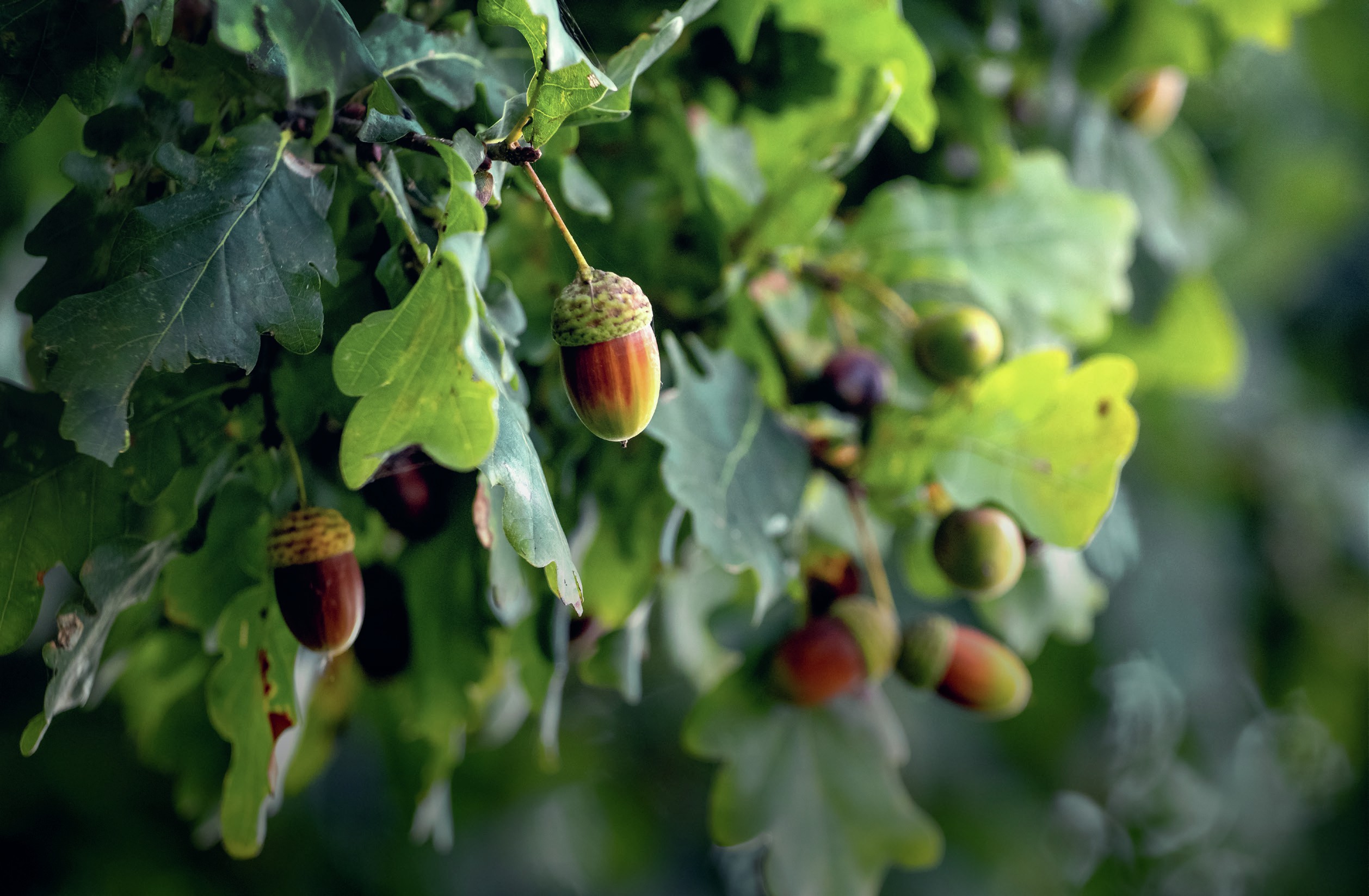
As the leaves begin to turn yellow and brown this autumn, look carefully at the oak trees in your local park or wood. Are the trees covered in acorns, or are the fruits hard to spot?
Oaks, along with other common trees including beech, spruce and fir, all show huge variation in annual flower and fruit production. In some years, the trees invest heavily in reproduction, and in other years they produce close to zero flowers and fruit. Remarkably, this variation in the production of fruit, such as acorns (see Figure 1), beech nuts and pine cones, is synchronised between individuals growing in the same population – if one oak is producing many acorns, the likelihood is that all the surrounding oaks are doing the same. This phenomenon of highly variable and synchronised plant reproduction is known as masting.
Your organisation does not have access to this article.
Sign up today to give your students the edge they need to achieve their best grades with subject expertise
Subscribe




